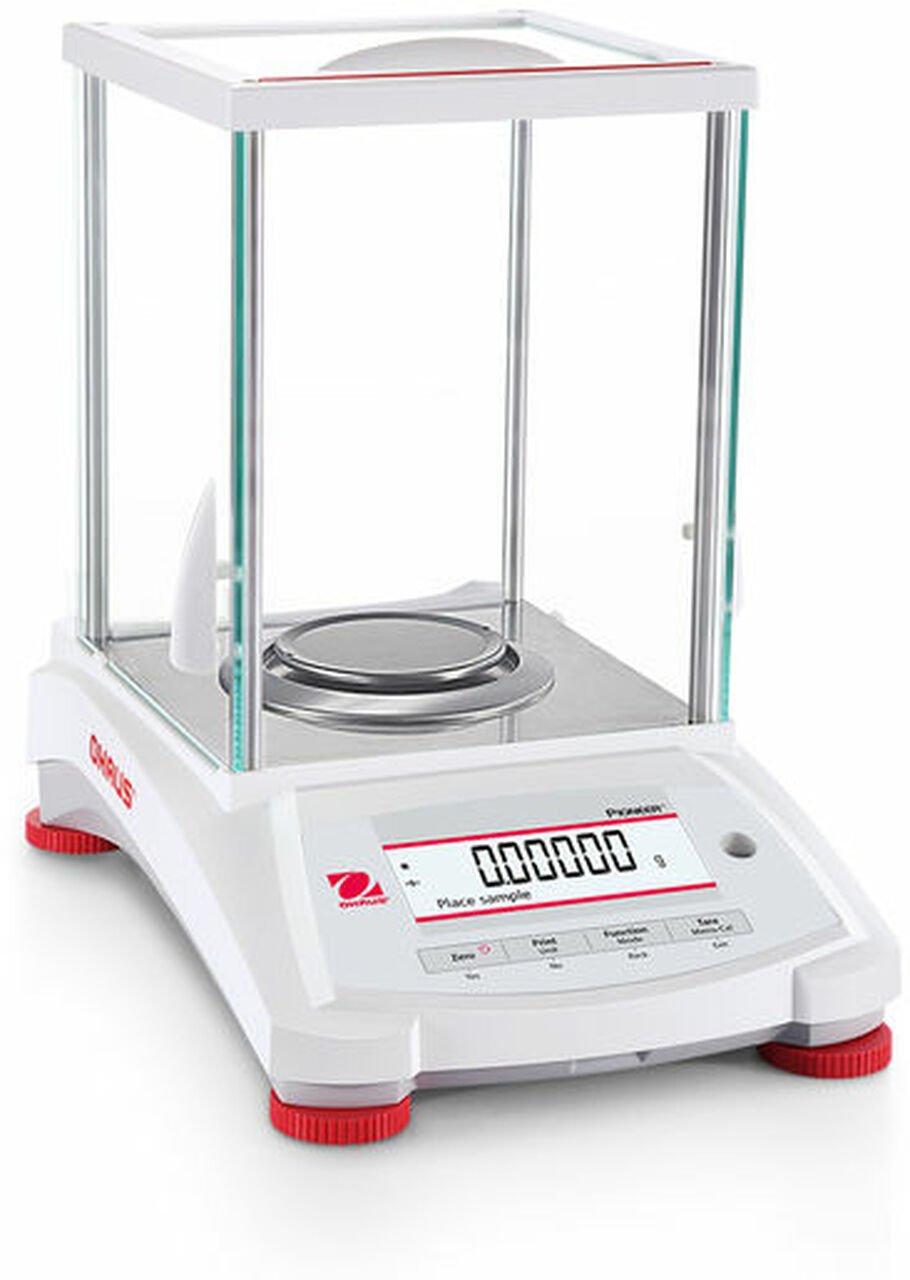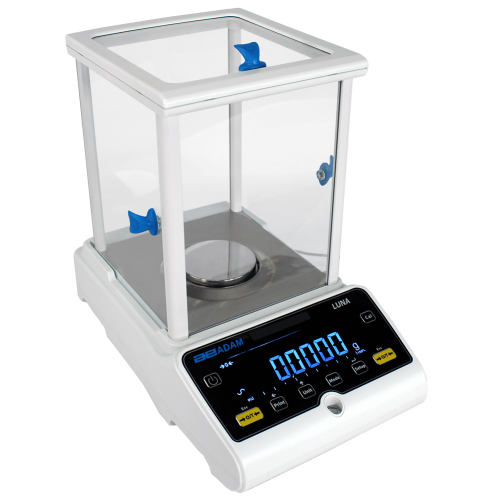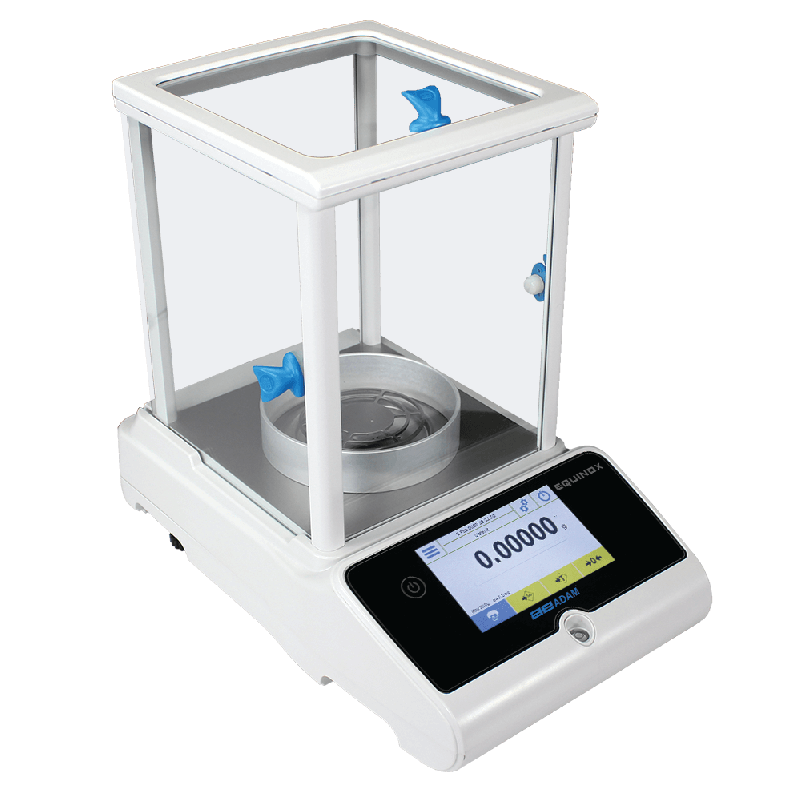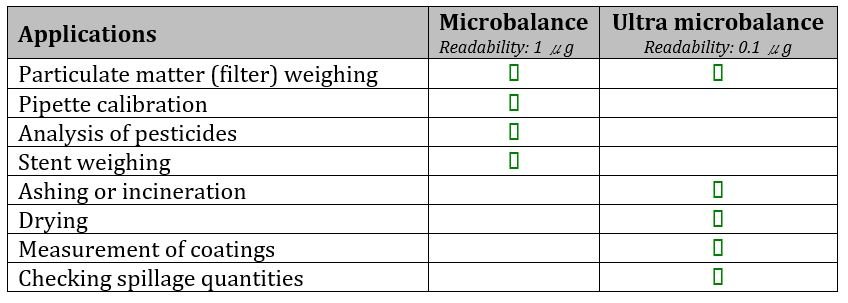What is a microbalance?
A microbalance is a class of balance designed to measure the smallest samples, often in the sub-microgram range. The instrument is considered to be the highest precision of all kinds of lab balances.
A microbalance consists of two components - one component containing the electronics and another component containing the precision mechanical measuring cell. The separation eliminates the effects of temperature on the weighments.
Microbalances offer a capacity of up to 10.1 g with readability down to 1 µg (0.000001g). Ultra microbalances offer an incredible full resolution of 61 million digits, with a capacity of 6.1 g and 0.1 µg readability (0.0000001g). This high sensitivity in microbalance design allows for the weighing of sample quantities with weight as low as 30 μg.
Microbalances and ultra microbalances are frequently used in:
- Product testing
- QA labs
- Chemistry labs
- Mining
- Medical device research (to check critical component uniformity)
Checkout this blog post to learn more about where and how microbalances are used.
Operational considerations:
Microbalances are extremely sensitive – environmental influences and user interaction can significantly affect measurement stability and accuracy. All vibration sources should be eliminated and air currents, dust, temperature/humidity fluctuations should be minimized to obtain peak performance. Microbalances should be used in environments with stable temperature and humidity. The balance should be away from vents, windows, and doors. A solid, dedicated workbench free from drafts and high traffic areas is the best location for the balance.
On first use, let the microbalance “warm-up” for at least six (6) hours to stabilize at ambient conditions.
Samples should be acclimatized to room temperature and should be handled with tweezers. When placing the sample onto the microbalance, the door should be opened to a minimum degree, for as short a time as possible.
Always wear gloves while working with microbalances to avoid fingerprints and oil from hands. These natural oils from the body can have an impact on the results. To start weighments, open the door and place a container on the pan using tweezers. Close the door and allow the weight value to stabilize. Tare the microbalance to capture the weight of container or weighing boat. Dose the sample outside the weighing chamber to avoid spills in the balance and then place the sample on the weighing pan. Close the door, wait for stability, and record the net weight. Repeat the procedure until desired weight is reached. A microbalance is highly sensitive to movement - do not touch the bench while waiting for the balance to stabilize. Clean the balance, tools and workspace after each use.
Calibration
The accuracy of a microbalance is dependent on accurate calibration - performed by a qualified service provider only. Quality service providers will produce a calibration certificate indicating that the microbalance is working correctly. Users should routinely test the balance to detect potential issues in performance within a calibration interval.
It is highly recommended that microbalance users work with a calibration laboratory that is ISO 17025:2017 accredited. This accreditation provides the calibration laboratory’s scope and procedures.
Checkout the balances we offer here.
Closing Words
At American Scale we strive to bring you informed and useful content on all things scale related. Be sure to check out our legal for trade truck scale system articles about truck scale foundation or how much do truck scales cost. We even have a guide to warranties. We also have articles on scale accessories, common problems to prolong your scales lifespan, weighing applications as well as what scale indicator works best with your junction box. To learn more about bench scales, it would be good to check out our other articles such as “Bench Scale Basics'' and “How Much Does A Bench Scale Cost?”. These articles will help with the basics of bench scale ownership.





